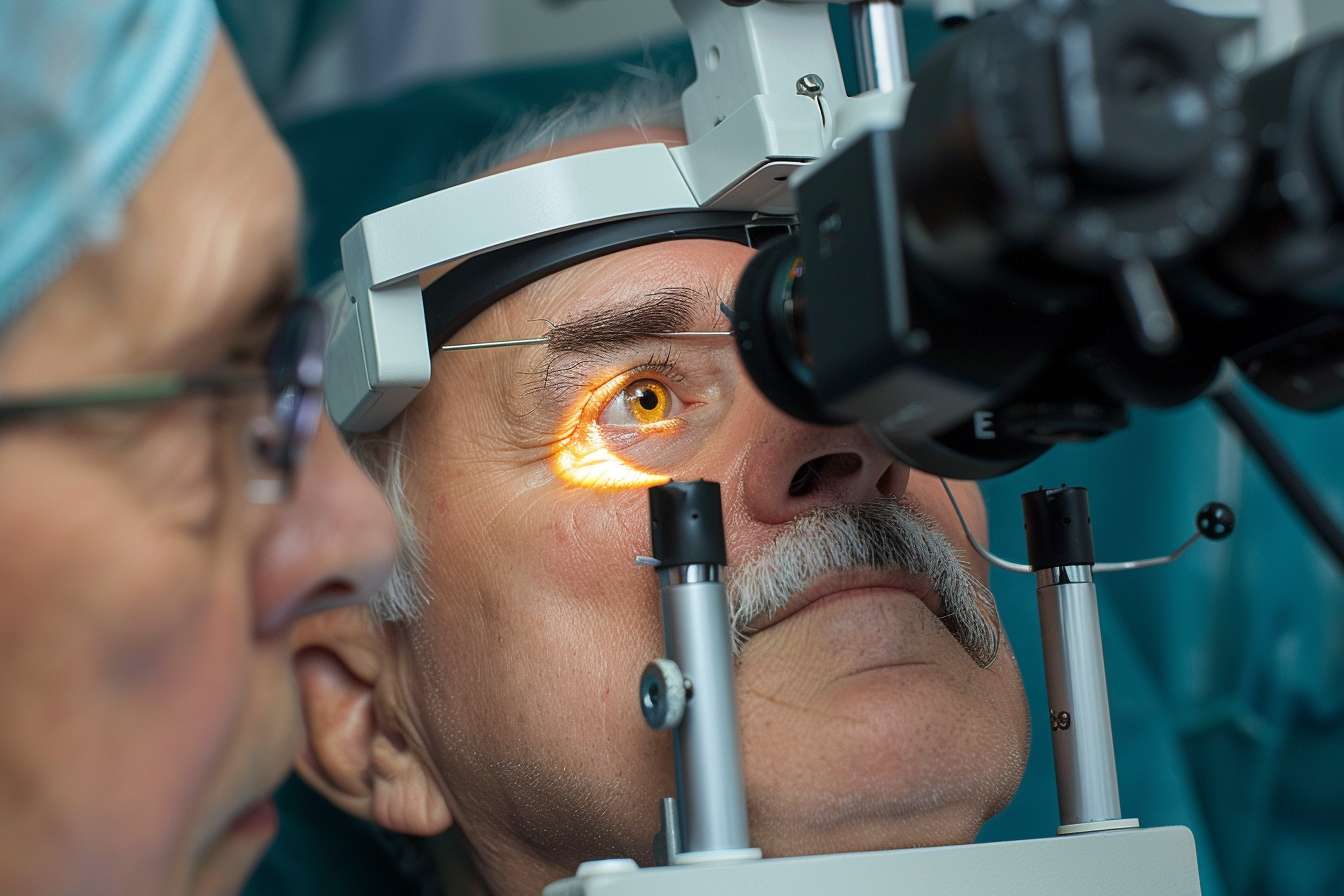Understanding Myelodysplastic Syndromes: Early Signs and Symptoms
Myelodysplastic syndromes (MDS) are a group of disorders caused by abnormal development of blood cells in the bone marrow. Over time, this can lead to low blood cell counts, anemia, and an increased risk of serious complications. Identifying early symptoms of myelodysplasia allows for timely diagnosis, better management, and improved outcomes. Awareness of these signs can help patients and healthcare providers take prompt action.

What is Anemia and How Does It Relate to Myelodysplasia?
Anemia is often the first noticeable sign of myelodysplastic syndromes. It occurs when the bone marrow cannot produce enough healthy red blood cells to carry oxygen throughout the body. In MDS patients, anemia develops gradually and may cause pallor, weakness, and dizziness. The relationship between anemia and MDS is direct – the abnormal bone marrow function leads to decreased production of red blood cells, resulting in chronic anemia that typically worsens over time.
How Does Fatigue and Shortness of Breath Impact MDS Patients?
Fatigue and shortness of breath are prominent symptoms that significantly affect MDS patients’ daily lives. These symptoms typically manifest as:
-
Unusual tiredness even after minimal physical activity
-
Difficulty catching breath during routine tasks
-
Decreased exercise tolerance
-
Need for frequent rest periods
The severity often correlates with the degree of anemia, as reduced oxygen-carrying capacity affects overall energy levels and respiratory function.
Why is Monitoring Frequent Infections Important in Myelodysplasia?
Frequent infections are a critical warning sign of MDS due to inadequate white blood cell production. Patients may experience:
-
Recurring respiratory infections
-
Persistent skin infections
-
Frequent fevers
-
Delayed wound healing
Monitoring these infections is essential because they indicate compromised immune function and can become severe due to the body’s reduced ability to fight pathogens.
How Can Recognizing Easy Bruising and Bleeding Help in Identifying MDS?
Easy bruising and unusual bleeding patterns serve as important indicators of MDS, resulting from low platelet counts (thrombocytopenia). Key signs include:
-
Unexplained bruising
-
Prolonged bleeding from minor cuts
-
Frequent nosebleeds
-
Bleeding gums
Recognizing these symptoms helps healthcare providers identify potential platelet disorders associated with MDS.
What Role Do Abnormal Blood Counts Play in Diagnosing MDS?
Abnormal blood counts are fundamental to diagnosing MDS and monitoring disease progression. Regular blood tests reveal:
-
Complete blood count (CBC) abnormalities
-
Decreased levels of one or more blood cell types
-
Changes in cell size and shape
-
Presence of immature cells in peripheral blood
These laboratory findings, combined with clinical symptoms, guide treatment decisions and help track disease evolution.
How Do Healthcare Providers Approach MDS Diagnosis and Monitoring?
The diagnostic process for MDS involves multiple steps and specialized testing:
-
Comprehensive blood work
-
Bone marrow biopsy and aspiration
-
Genetic testing for chromosomal abnormalities
-
Regular monitoring of blood counts
| Diagnostic Test | Purpose | Typical Frequency |
|---|---|---|
| CBC with Differential | Monitor blood cell levels | Monthly to quarterly |
| Bone Marrow Biopsy | Assess cell development | At diagnosis, as needed |
| Cytogenetic Testing | Identify genetic changes | At diagnosis |
| Iron Studies | Evaluate iron status | Every 3-6 months |
Healthcare providers use these results to classify MDS type and determine appropriate treatment strategies. Regular monitoring helps track disease progression and adjust treatment plans accordingly.
Early recognition of MDS symptoms, combined with proper diagnostic testing and regular monitoring, is essential for optimal disease management. While symptoms may vary among individuals, understanding these common signs helps ensure timely medical intervention and improved outcomes.
This article is for informational purposes only and should not be considered medical advice. Please consult a qualified healthcare professional for personalized guidance and treatment.




